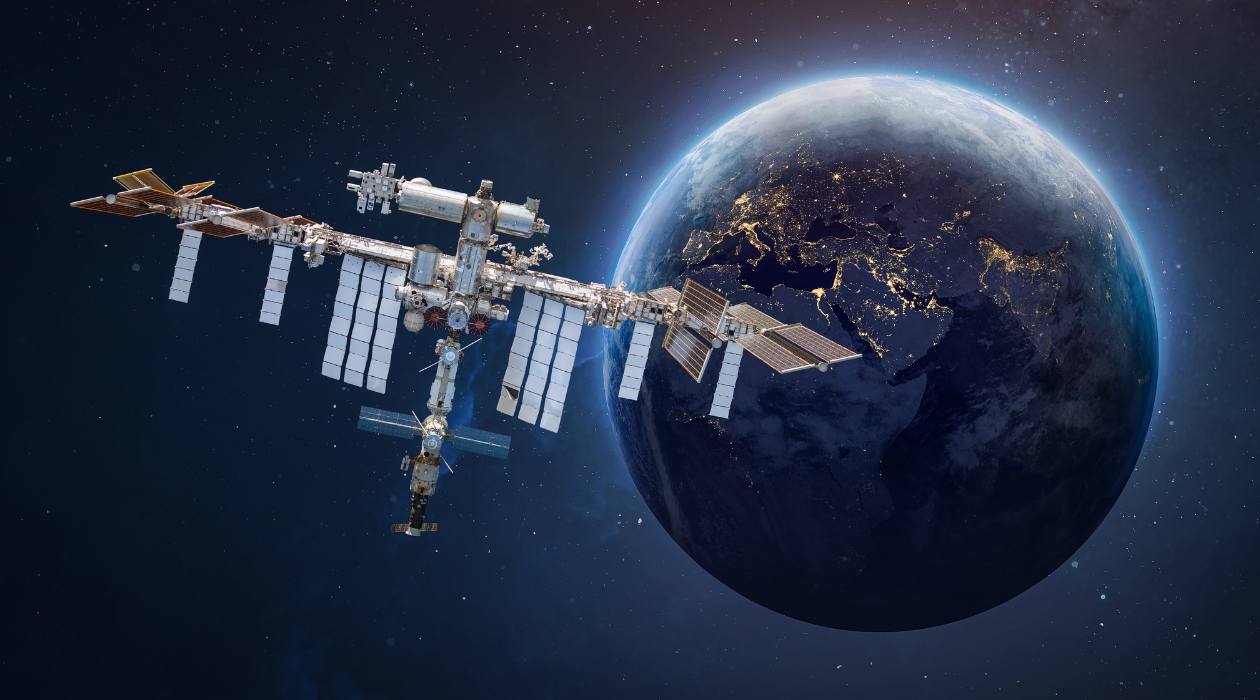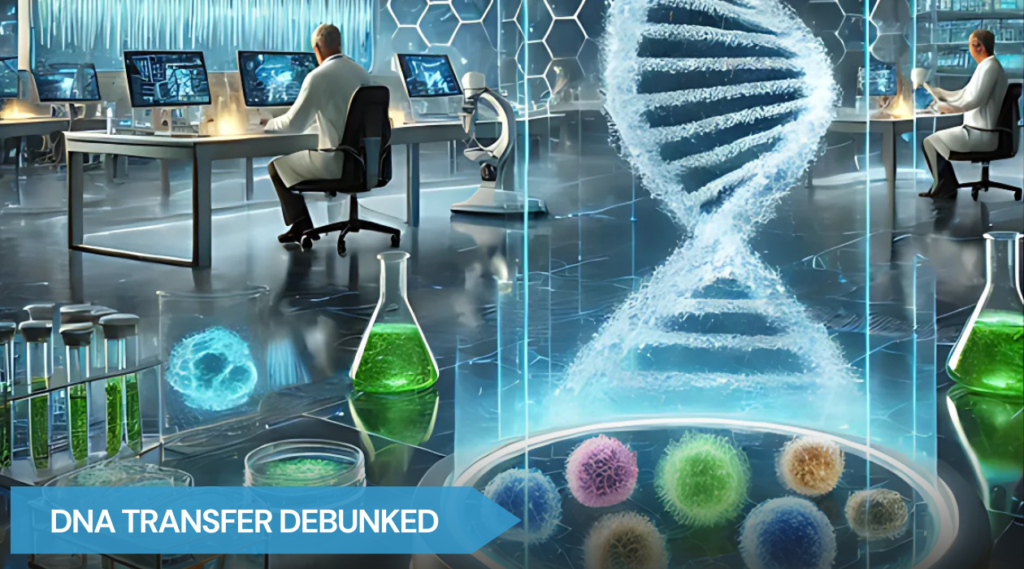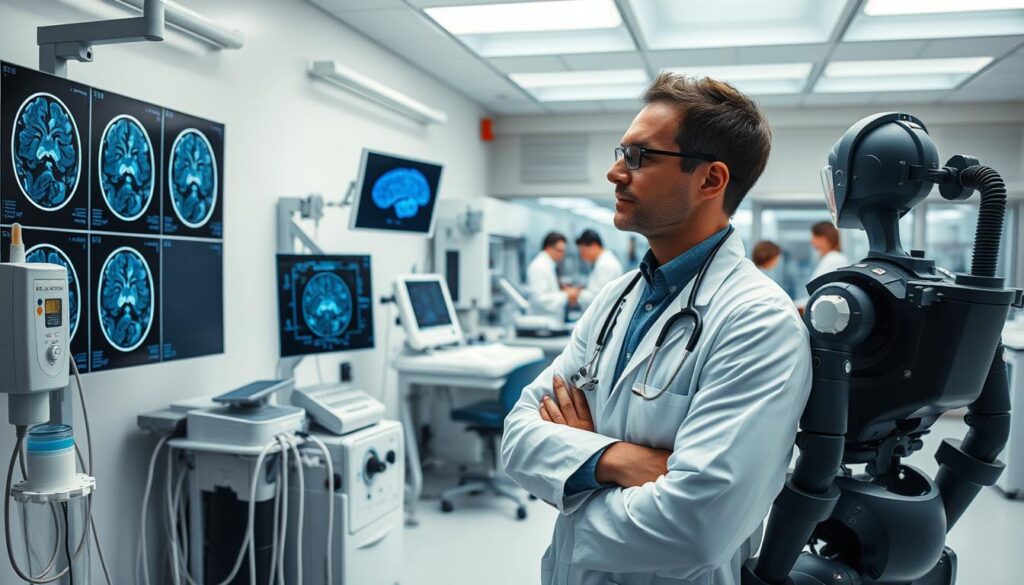
MSC in Space Lifecycle
For those interested in the next frontier of medicine, as Auragens’ stem cell treatments are often referred to, it is extremely exciting to merge our work with space, or the “Final Frontier”, in the words of a Star Trek enthusiast.
As discussed in a recent Nature publication (https://www.nature.com/articles/s41526-024-00425-0) stem cells and in particular, Mesenchymal Stem Cells, are being studied on the International Space Station.
The exploration of stem cell research in space has opened groundbreaking avenues, revealing how microgravity fundamentally alters stem cell behavior, including their growth, differentiation, and potential for regeneration. This research holds immense promise, not only for deepening our understanding of stem cell biology but also for translating these insights into transformative clinical applications here on Earth. So, what are we looking at specifically?
1. Microgravity’s Transformative Effects on Stem Cells:
-
Enhanced Growth and Differentiation: Studies conducted in space have shown that microgravity can significantly influence how stem cells proliferate and differentiate. These unique conditions could be harnessed to optimize stem cell therapies, unlocking new possibilities for even more effective treatments at Auragens.
-
Advances in 3D Cell Cultures: In the weightlessness of space, stem cells naturally grow in three dimensions, closely mimicking the structure and function of tissues in the human body. Auragens is able to create a 3D culture in our lab using a bioreactor but to study a natural state of zero gravity versus a manufactured one may provide additional knowledge.
2. Scaling Up for Clinical Use:
-
Mass Production of Stem Cells: One of the most exciting aspects of space-based stem cell research is the potential to produce large quantities of clinical-grade stem cells, something that remains a significant challenge on Earth. Microgravity could provide the key to scaling up production, paving the way for more accessible and effective stem cell therapies. While Auragens has the creation capacity and the cell banks, few others do. By breaking down these high barriers of entry it will open the treatment up to a larger group of researchers.
-
Feasibility of Space-Grown Cells: Research is also focused on the practical aspects of harvesting and transporting these space-grown stem cells back to Earth, with the aim of making them available for widespread clinical use. And this naturally leads to better methods for transport on Earth. As Auragens has the volume this potentially creates a breakthrough that allows us to share across continents with greater ease.
3. Revolutionizing Regenerative Medicine:
-
Modeling and Treating Diseases: The unique conditions in space offer an unparalleled opportunity to model human diseases more accurately, leading to better understanding and treatment of conditions such as neurodegenerative diseases, stroke, and cancer.
-
Personalized Medicine: The application of Mesenchymal Stem Cells in space research could revolutionize personalized medicine, enabling the creation of highly customized, patient-specific therapies that are safer and more effective.
4. Revolutionizing Regenerative Medicine:
-
Modeling and Treating Diseases: The unique conditions in space offer an unparalleled opportunity to model human diseases more accurately, leading to better understanding and treatment of conditions such as neurodegenerative diseases, stroke, and cancer.
-
Personalized Medicine: The application of Mesenchymal Stem Cells in space research could revolutionize personalized medicine, enabling the creation of highly customized, patient-specific therapies that are safer and more effective.
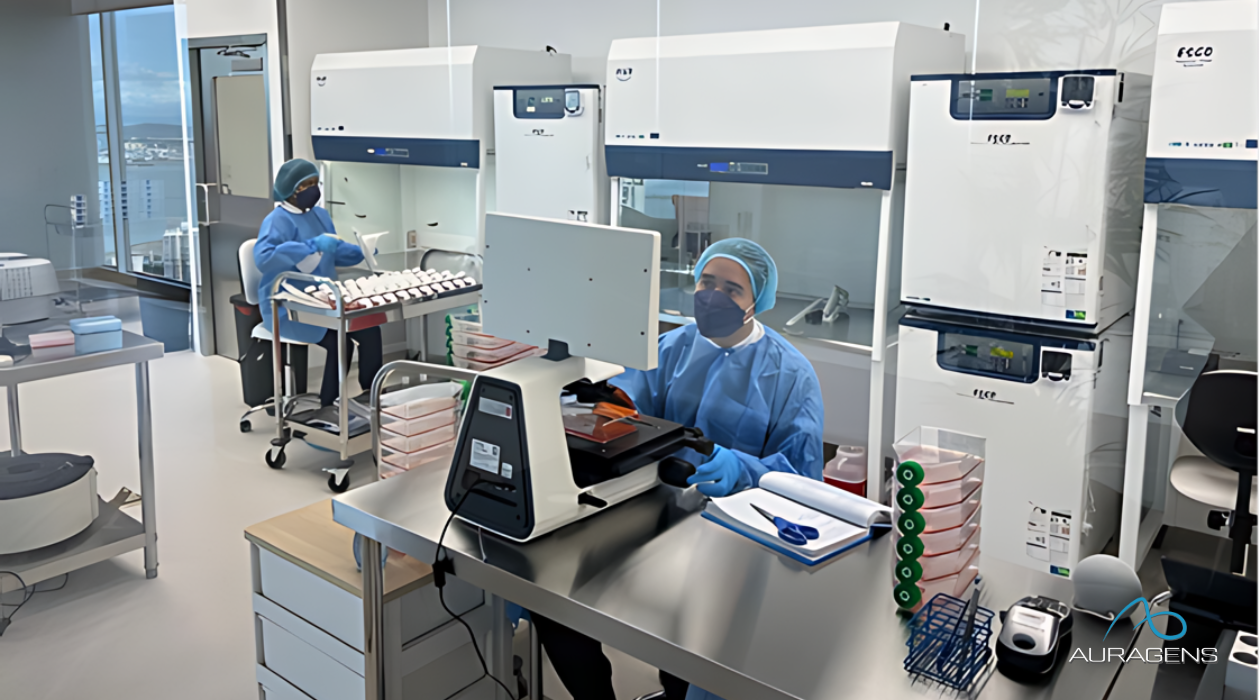
Auragens Biotechnologists Preparing Stem Cells
One of the incredible opportunities that space exploration creates is the off-target benefits as well. Many times, the endeavor to reach further has created a benefit that was originally unintended or at the very least more specific.
To showcase the breakthroughs, we created our first ever top ten list –

Our Auragens Top 10 List of Greatest Innovations Through Space Exploration (so far):
1️⃣ Improved Water Purification Systems
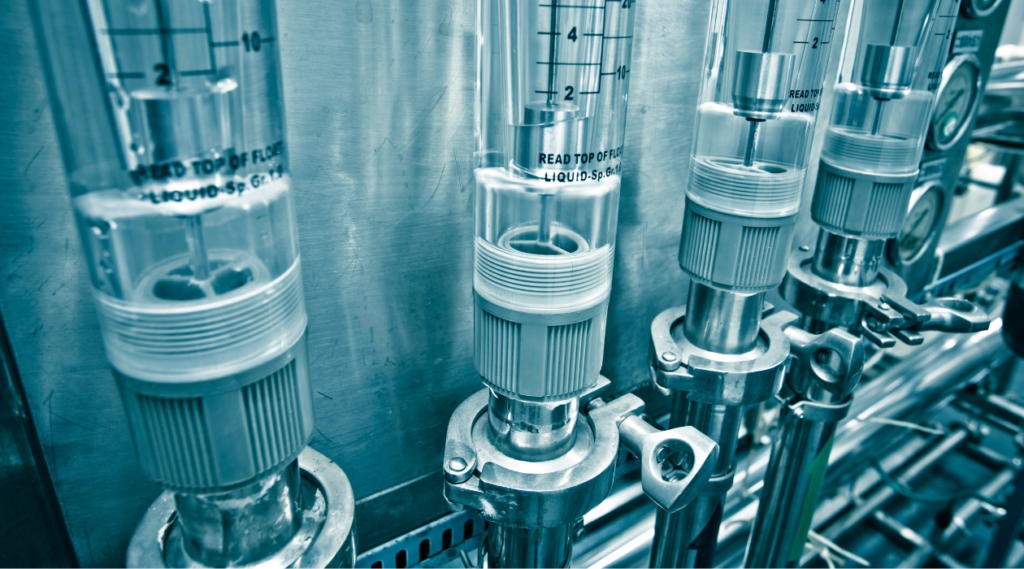
-
Space Research: The need to recycle water efficiently on the International Space Station (ISS) led to the development of advanced water filtration and purification technologies.
-
Earth Impact: These technologies have been adapted for use in remote areas, disaster zones, and developing countries, providing access to clean drinking water where it is scarce.
2️⃣ Enhanced Medical Imaging

-
Space Research: The development of advanced digital imaging technologies, originally designed for space telescopes and remote sensing, has been adapted for medical use.
-
Earth Impact: These innovations have led to improved medical imaging systems, such as more accurate MRI and CT scans, which are crucial for diagnosing and treating various medical conditions.
-
Earth Impact: These technologies have been adapted for use in remote areas, disaster zones, and developing countries, providing access to clean drinking water where it is scarce.
3️⃣ Robotics and Prosthetics
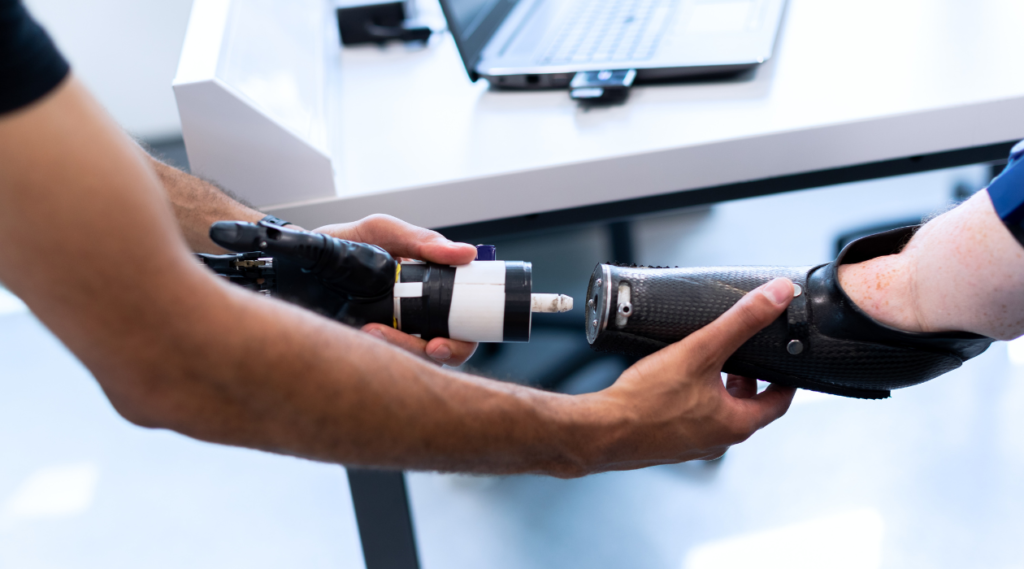
-
Space Research: The need for robotic assistance in space missions, such as the Canadarm used on the Space Shuttle, has driven advancements in robotics.
-
Earth Impact: These advancements have translated into the development of more sophisticated prosthetic limbs, robotic surgery tools, and rehabilitation devices, improving the quality of life for individuals with disabilities.
4️⃣ Portable Computer Technology

-
Space Research: The miniaturization of technology required for spacecraft has contributed to the development of powerful, portable computing devices.
-
Earth Impact: This research has influenced the design of laptops, tablets, and smartphones, making high-performance computing accessible in portable forms.
5️⃣ Advanced Materials

-
Space Research: The demands of space exploration have led to the creation of new materials, such as memory foam, lightweight composites, and heat-resistant alloys.
-
Earth Impact: These materials are now used in various industries, including automotive, aerospace, construction, and consumer products, leading to safer, more efficient, and durable products.
6️⃣ Global Positioning System (GPS)

-
Space Research: GPS technology, which relies on satellites in space, was initially developed for military and scientific purposes.
-
Earth Impact: Today, GPS is an integral part of daily life, used for navigation, timing, and location-based services across a wide range of applications, from driving directions to emergency services.
7️⃣ Telemedicine
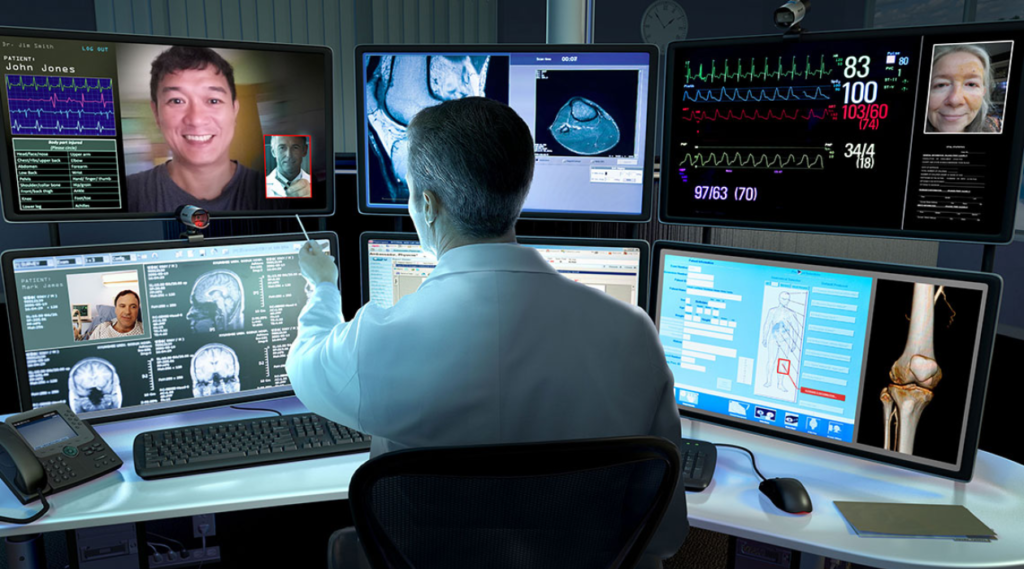
-
Space Research: The challenges of providing healthcare to astronauts in space led to the development of telemedicine technologies.
-
Earth Impact: These technologies have since been adapted to provide remote medical consultations and diagnostics, especially in rural or underserved areas, improving access to healthcare.
8️⃣ Improved Agricultural Practice

-
Space Research: Space-based observations of Earth, particularly through satellite imagery, have enhanced our understanding of weather patterns, soil moisture, and crop health.
-
Earth Impact: This information has been crucial in improving agricultural practices, leading to better crop management, increased yields, and more efficient use of resources.
9️⃣ Smoke Detectors

-
Space Research: NASA developed the first adjustable smoke detector to help protect astronauts on the Skylab space station.
-
Earth Impact: This technology has since been adapted for use in homes, schools, and workplaces, significantly enhancing fire safety.
🔟 Environmental Monitoring

-
Space Research: Satellites have been used to monitor Earth’s atmosphere, oceans, and land, providing critical data on climate change, deforestation, and pollution.
-
Earth Impact: This data has informed environmental policy, conservation efforts, and disaster response, helping to protect and preserve our planet.
From Space to Earth: Transformative Innovations Shaping Our Future
